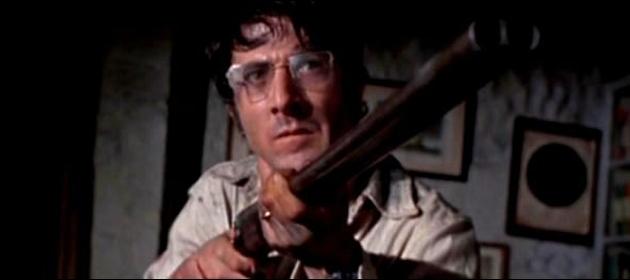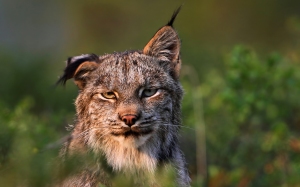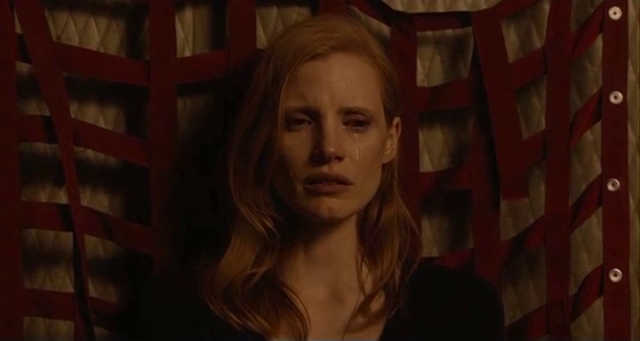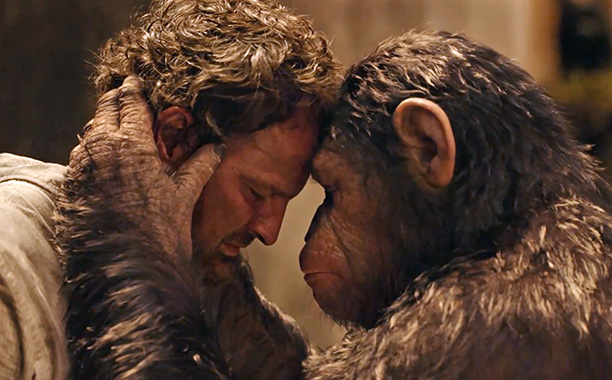Part 1 of 2
Recent crime statistics show that violent crime is at a 45 year low and that gun crime in particular has dropped by half since 1993. At first glance these statistics seem to represent an unambiguous victory for the anti-gun control crowd. If they are indeed true, the root cause is not the availability of guns. I can’t help but agree.
This rather counter-intuitive statistical information does not settle the issue. The question remains:
why are we so afraid?
At the time of this writing the San Bernardino shooting is less than 48 hours in the past. The optics of this heinous crime represent a convergence of our present anxieties: the figure of the “lone wolf” mass shooter, and the specter of global terrorism.
With a dearth of hard facts at present, the perceived motivations underlying the attack in San Bernardino have already crystallized into partisan interpretations: on the Right is proof positive that Muslims are the absolute root of all evil, and on the Left that gun control is the sole solution to prevention of such crimes.
The fact is, less than 48 hours out, the facts are hopelessly irrelevant.
What is clear is that, barring our individual political outlooks on the event and others of its ilk, the villains have already won. Regardless of the actual death tolls, our psychospiritual atmosphere is already poisoned. We are all either slipping into violent insanity or succumbing to paralyzing despair.
The statistics confirm, in theory, that we are all safer than we have been in 45 years, with regards violent crime involving guns or otherwise. We do not feel safer in any tangible way.
The problem is not situated in objective reality, but is encased in the very narratives and media we employ to construct a reality. Solutions do not ultimately come down to being for or against certain immigration and/or gun control policies, but how we form our identities and oppose or reconcile them to real or perceived threats and the material or immaterial circumstances that undergird this formation.
In a brief but illuminating post written just after the Umpqua Community College shooting in October, Adam Kotsko elaborates upon the true depth of these violent spectacles: even if we solve the problem of access to guns (which he maintains is a worthwhile pursuit) we still have to reckon with the fact that as a society we still produce an alarming amount of individuals who believe a mass shooting is a perfectly reasonable way to deal with problems.
It is in that fact that those vehemently opposed to any and all gun control have a point: you cannot legislate evil out of existence. Any and all changes to law by no means guarantee that incidents of spectacular violence, politically motivated or not, will cease upon ratification.
This is far from an excuse to do nothing, which seems to be the only relatively “positive”plank in the anti-gun control platform. To speak out, to legislate, to yearn for action and alternative can mitigate the effects of the evil in our midst, and shrink its scope.
To refuse to give in to the fear engendered by these horrific events is to deny them victory, and to release ourselves from their terrible thrall.
By addressing the symptoms first, we may be able to one day address their root cause.
In the meantime, we cannot entrust our hopes to the cult of The Good Guy with a Gun.








